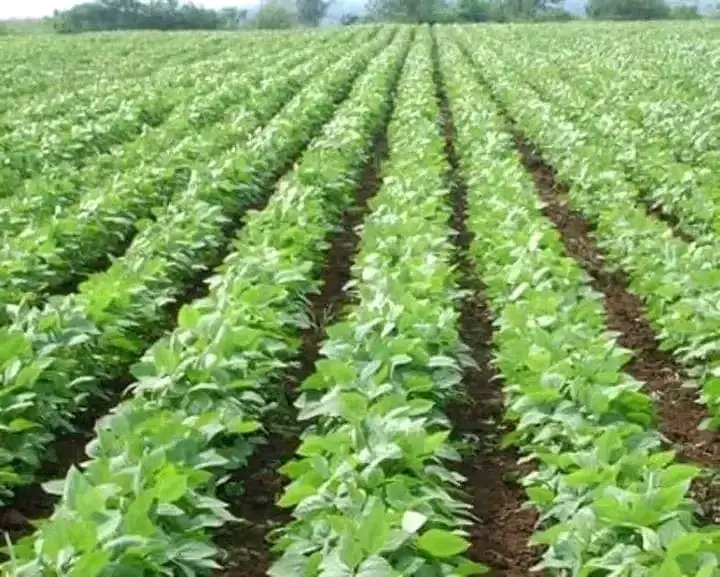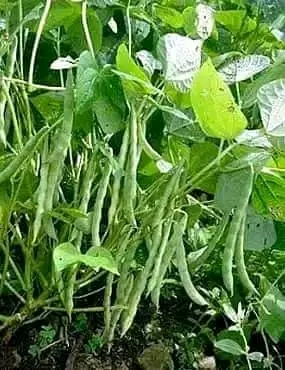Depends on a combination of good agricultural practices. Here are some of the best tips to optimize bean production:
- Soil Preparation: Beans thrive in well-drained, fertile soils. Prepare the land by clearing it of weeds and debris. Ensure the soil is loose to facilitate good root development. Conduct a soil test to determine nutrient requirements and adjust pH if necessary; beans prefer a soil pH of 6.0 to 7.0.
- Seed Selection: Choose high-quality, disease-resistant seed varieties suited to your climate and soil conditions. Certified seeds generally yield better and have higher disease resistance.
- Planting Time: Time your planting to avoid extreme weather conditions such as excessive rain or drought periods. Planting after the onset of the rainy season is usually ideal.

- Proper Spacing: Avoid overcrowding by spacing rows about 18 to 24 inches apart, with seeds spaced 2 to 4 inches apart in the row. Proper spacing helps in maximizing air circulation, which reduces the risk of fungal diseases.
- Nutrient Management: Apply the right type and amount of fertilizer based on the soil test results. Beans fix their own nitrogen but still benefit from starter phosphorus fertilizer at planting and a side dressing of nitrogen when the plants are about to flower.
- Water: Water beans regularly, especially during flowering and pod formation, to maintain moist but not waterlogged soil. Drip irrigation is effective in delivering water directly to the roots and minimizing leaf wetness that can promote disease.

- Weed Control: Keep fields weed-free, especially in the early stages of growth. Use mulching or appropriate herbicides if necessary, being careful to select products that are safe for beans.
- Pest and Disease Management: Monitor for common pests such as bean beetles and diseases like rust or bacterial blight.
